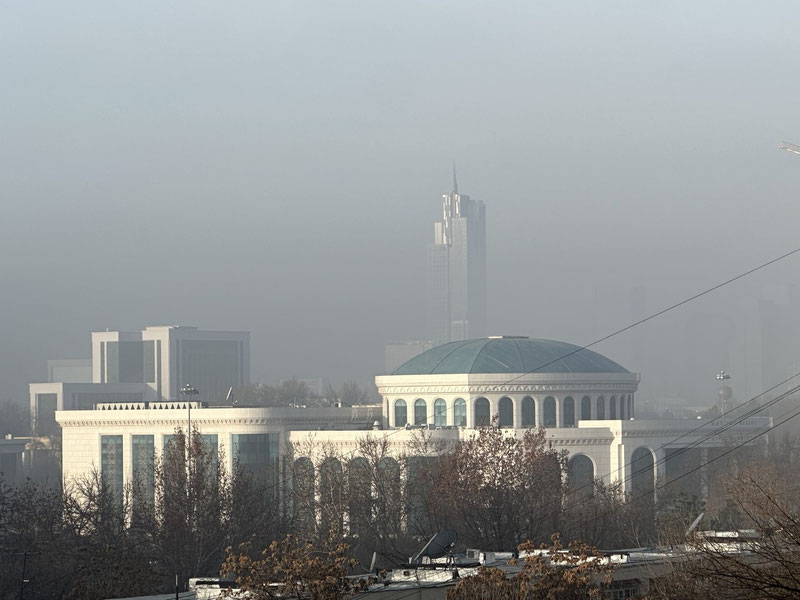The Ministry of Ecology, Environmental Protection, and Climate Change explained the causes.
It is noted that in recent years, the increase in indicators of natural dust concentrations as a result of global climate change, intensification of desertification processes, and a significant rise in emissions from industrial enterprises and the number of cars are the reasons.
This greatly affects the level of air pollution in the republic, especially in the city of Tashkent.
In particular, on September 29 in the evening, the concentration of PM2.5 fine particulate matter in Tashkent city reached 166 μg/m3, ranking it the 2nd most polluted city in the world according to the international IQAir database.
It is noted that air pollution with dust in our republic is related to natural (dry climate, sandy and loamy soils) and anthropogenic (transport, industry, construction waste) factors. Additionally, weak winds, temperature inversion, and the stability of the atmospheric air also create conditions for natural air pollution.
- Furthermore, low ventilation layers in cities, heavy urban traffic, congestion, extensive construction, and lack of green spaces — all of these lead to high air pollution due to meteorological conditions and anthropogenic load, as stated in the ministry's report.
For your information, there are more than 638,800 vehicles in Tashkent city, with an additional average of 150,000 to 300,000 vehicles entering the capital daily. The amount of pollutants released into the atmosphere from vehicles in Tashkent city was 212.4 thousand tons in 2021 and increased to 403 thousand tons in 2022, i.e., harmful emissions increased by 190.6 thousand tons (47.3%).






